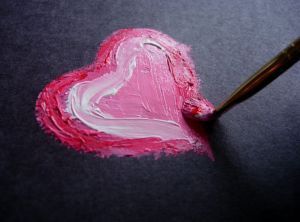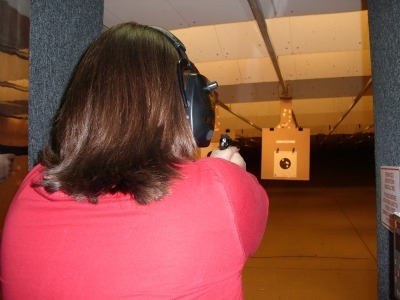Beth K. Vogt's Blog, page 107
December 12, 2011
Contemporary Romance Writer: How Do You Define Happily Ever After?
Every self-respecting romance novel or movie ends with a happily ever after, or HEA in writer-speak.
But if we were all sitting around my family room talking romance (lovely idea, that!) and we tried to determine the components of a HEA … well, I'm not sure we could.
Spoiler Alert: I give away the endings to some books, so be forewarned! Nothing specific, but general examples.
Reconciliation HEA — The hero and heroine make up and admit that, despite whatever misunderstandings have kept them apart, they love one another and want to be together. Movie: Pride and Prejudice (and yes the PBS version qualifies too for all you Jane Austen purists!). Book: Think My Foolish Heart by Susan May Warren or Along Came Jones by Linda Windsor.
Ring HEA — The hero gets down on one knee (either literally or figuratively) and proposes. Movie: While You Were Sleeping. Books? Think Lakeside Reunion by my friend Lisa Jordan or Savanna's Gift by my friend Camille Eide, both debut novelists (and both great reads!)
Ribbons and a Bow HEA — The author neatly wraps everything up and gives you a reconciliation, a ring exchange, a wedding ceremony performed either onstage or offstage, and maybe even fast forwards to children or babies-to be. Honestly, I couldn't think of one movie that has a Ribbon in a Bow HEA. Any suggestions? Book: Think Dining with Joy by Rachel Hauck — although Rachel did this with a very light touch that I liked a lot.
In Your Words: What's your favorite kind of HEA? When you get to the end of a book (or a movie), do you want a reconciliation or a ring — or do you want it all wrapped up in a bow?
photo by Keeandra/stockxchng.com
December 11, 2011
In Others' Words: Aim
"If you would hit the mark, you must aim a little above it."
~Henry Wadsworth Longfellow, American poet & educator
A few years ago, my two oldest daughters and I experienced a different kind of "girls' night out."
Instead of heading to our favorite restaurant for dinner, conversation and laughter, we spent four hours at Whistling Pines, the local gun club. The instructor, a woman who competes in shooting competitions, taught us everything from "This is a bullet" to "Do not point that loaded gun at me. Or you. Point it down range–at the target."
I'm a writer. An editor. Usually the most dangerous thing I pick up is a red pen. (Are you scared yet?) Why did I go learn how to shoot a gun?
Because I didn't know how. And I wanted to learn how to handle a gun safely in a nice controlled environment.
At the end of the evening, my goal was to hit the target — as many times as I could. And, yes, I often found that to "hit the mark" I had to aim a little higher than where I wanted the bullets to go.
Ready. Aim. Fire.
Was I ready? Yes. I'd been instructed. And I'd listened very, very closely. Journalist that I am, I took notes.
Did I aim the gun? Sure did. I focused on nothing else but the target. I didn't worry about anyone else on the range. I didn't think about where they were aiming. My eyes were on my target only — and a little higher than where I wanted to hit.
Fire. Bottom line, I had to finally pull the trigger. Let the bullets leave the gun. Deal with the sound, and the kick, and the end result. Sometimes I missed. Sometimes I surprised myself and did better than I expected. But I always accomplished something.
In Your Words: What are you aiming for? And what's your secret for hitting the mark? Are you aiming just a little bit higher than what you want to achieve? What causes you to aim lower?





